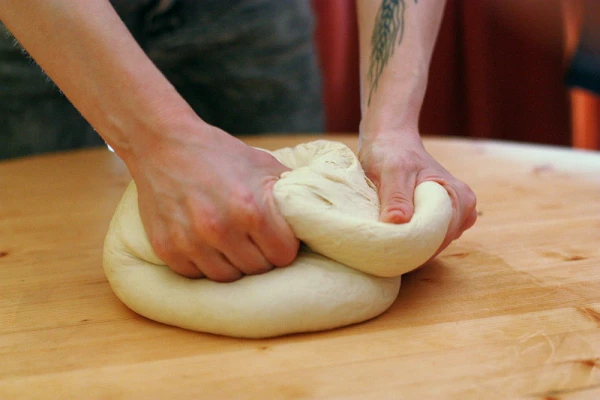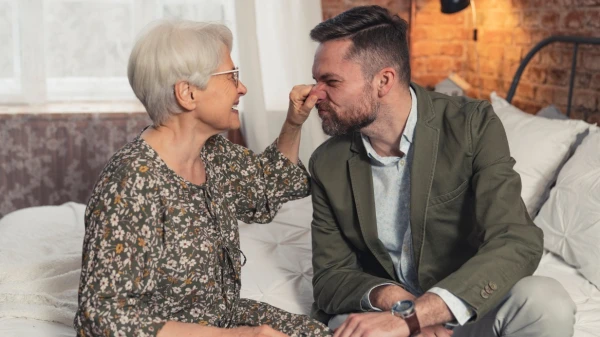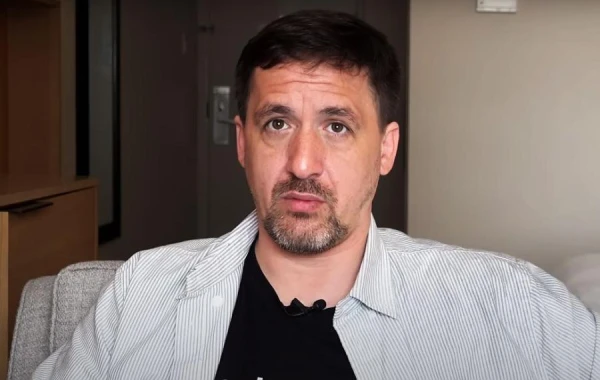
When installing heaters for cold weather, make sure you reduce the risk of fire. When the cold sets in, you may start thinking about getting the heater out and deciding where to place it. And it is important to be cautious: despite all their benefits, heaters can cause a fire. Mistakes in their use can easily lead to ignition, especially if the wrong place for installation is chosen.
Therefore, while you are trying to warm your feet in a cold room, remember these rules — where you should never place a heater and why these places often become the cause of preventable fires, writes Cnet.
On carpet, rug, or any flammable surface
Heaters should not be placed on surfaces that can easily catch fire or char. That means — no carpets or rugs. It is also undesirable to use them on delicate wooden floors or melting vinyl coverings, especially for long periods.
If you only have a carpet in a cold room, place a ceramic or other heat-resistant mat under the heater, which should be about 7–8 cm larger than the heater on all sides.
Near walls and furniture
Heaters need space for safety: keep them at least 1 meter away from any walls or furniture. Unfortunately, this means that placing it under a table or workspace is not an option. It is better to direct the heat flow towards these areas than to place the heater directly underneath them.
Near blankets, pillows, or curtains
If a blanket or pillow accidentally ends up on the heater, the risk of fire increases sharply — and this can easily happen in winter. The same applies to curtains. All such items should be kept at least 1 meter away from the heater.
In places where children or pets are present
Heaters can easily cause burns, and although modern models are equipped with automatic shut-off features when tipped over, a fallen device still poses a serious danger. Moreover, children and pets may accidentally push toys or blankets close to it, which also creates a risk.
Use the heater in areas that children and large pets cannot access, and explain to them that they should not approach the device.
In bathrooms and laundry rooms
Heaters do not mix well with water: this increases the risk of electric shock and worsens the operation of the device. Additionally, they are more likely to fall on slippery surfaces.
Although these rooms are often the coldest, heaters should only be placed outside of them so that they can heat the space indirectly but safely.
Near people suffering from winter allergies
Winter allergies are often caused by dust and mites that accumulate in enclosed spaces. A heater blowing hot air stirs up all this dust, which can worsen the condition of allergy sufferers.
If there are such individuals in the house, do not place the heater near them; instead, try other ways to keep warm — for example, an oil radiator or a heated blanket.
Also, do not neglect safety when plugging the heater into the electrical network. Even if the device itself is working properly, the outlet or line may not withstand the load, especially if several other devices are already plugged into it. Do not plug the heater:
Into an outlet with many connected devices or lighting
Heaters consume a lot of electricity. Modern 15-amp outlets are designed for this, but the network and circuit breaker on the line have limits.
If you plug the heater into the same outlet where kitchen appliances or equipment are already operating, you can overload the system. In the best case, the circuit breaker will trip and cut off the power; in the worst case, the wires will overheat and a fire will start.
In winter, the risk is higher due to holiday lights and other connected decorations. To reduce the load, use timers or "smart" outlets, alternating the operation of devices.
Through an extension cord or power strip
Extension cords and power strips are often not designed for the power required by heaters. This can lead to a short circuit or fire, even if the outlet itself can handle the load.
If you need to place the heater in a hard-to-reach spot, look for a model with a wireless remote control or a long certified cord. But it is better not to use extension cords at all.
In an old or unprotected outlet (without GFCI protection)
Outlets with GFCI protection automatically cut off power when they detect problems with the current — for example, if there is a risk of leakage or short circuit. This is reliable protection against electric shock and overheating.
Always plug the heater only into a functioning GFCI outlet. Do not use old outlets, especially if they have already been "glitching" — this increases the risk of wiring damage and fire.
Moreover, never use fuel heaters indoors AND always turn off the heater before going to bed or leaving the house. Never leave it on unattended.














Leave a comment